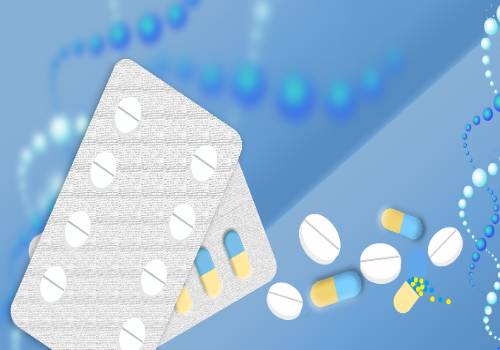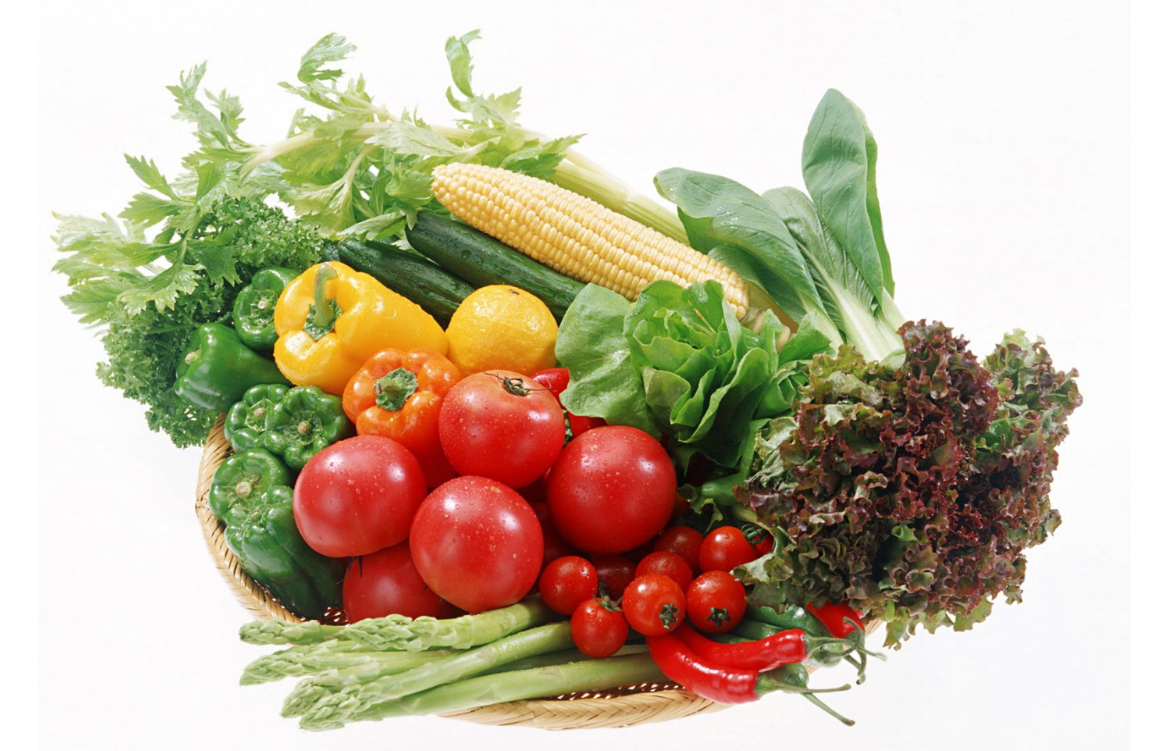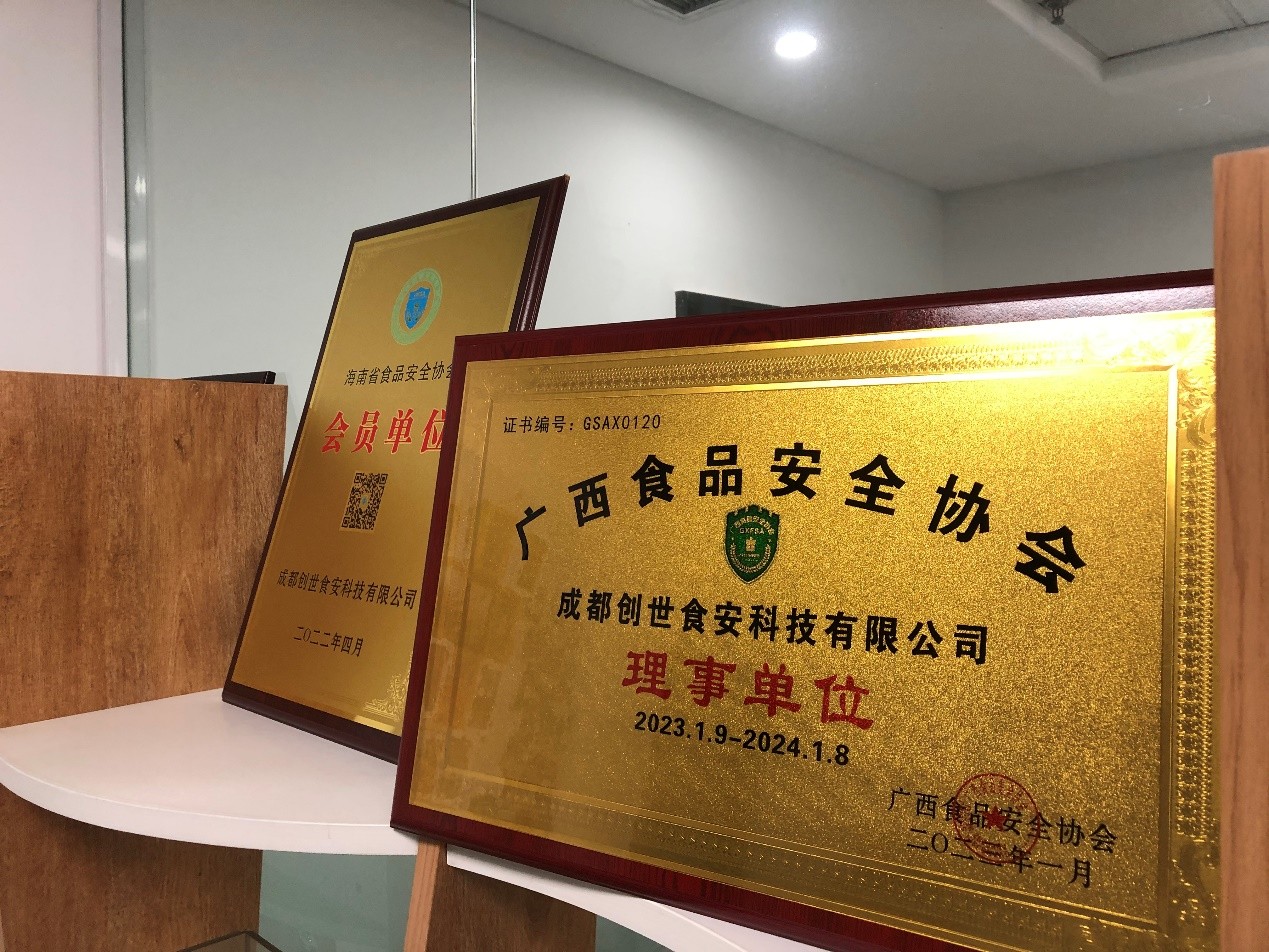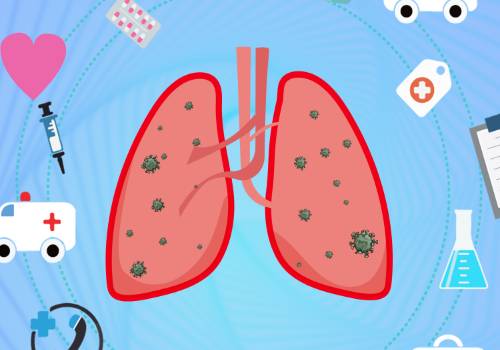 (资料图)
(资料图)
据了解,这种食品酶是由转基因紫红链霉菌菌株AS-10生产的,旨在用于鸡蛋加工、烘焙过程、脂肪和油的脱胶以及生产奶酪的牛奶加工中。
经过评估,专家小组认为,在预期的使用条件下,不能排除通过饮食接触引起过敏反应和诱发反应的风险,但这种情况发生的可能性很低。根据所提供的数据,小组得出结论,该食品酶在预期的使用条件下不会引起安全问题。部分原文报道如下:
The food enzyme phospholipase A2 (phosphatidylcholine 2-acylhydrolase EC 3.1.1.4) is produced with the genetically modified Streptomyces violaceoruber strain AS-10 by Nagase (Europa) GmbH. The genetic modifications do not give rise to safety concerns. The food enzyme is free from viable cells of the production organism and its DNA. It is intended to be used in four food manufacturing processes, i.e. egg processing, baking processes, degumming of fats and oils and milk processing for cheese production. Since residual amounts of total organic solids (TOS) are removed in degumming of fats and oils, dietary exposure was calculated only for the remaining three food manufacturing processes. Dietary exposure to the food enzyme–TOS was estimated to be up to 0.41 mg TOS/kg body weight (bw) per day in European populations. Genotoxicity tests did not indicate a safety concern. The systemic toxicity was assessed by means of a repeated dose 90-day oral toxicity study in rats. The Panel identified a no observed adverse effect level of 191.2 mg TOS/kg bw per day, the mid-dose tested, which, when compared with the estimated dietary exposure, results in a margin of exposure above 460. A search for similarity of the amino acid sequence of the food enzyme to known allergens was made and no matches were found. The Panel considered that, under the intended conditions of use, the risk of allergic sensitisation and elicitation reactions by dietary exposure cannot be excluded, but the likelihood for this to occur is considered to be low. based on the data provided, the Panel concluded that this food enzyme does not give rise to safety concerns under the intended conditions of use.











































































